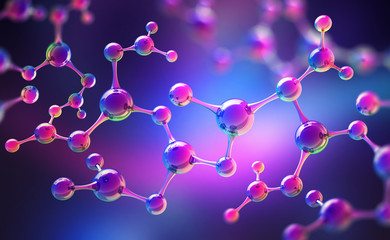Photochemical Smog: Shocking Effects and Remedy
E.G. Kazerooni
Canadian Scientific Researchers, Richmond Hill, ON, Canada, L4C1R9
Abstract
A distinct kind of air pollution, photochemical smog was initially identified in Los Angeles in the 1940s. A brown haze is produced above cities by a combination of pollutants called photochemical smog, which is created when nitrogen oxides and volatile organic compounds (VOCs) react with sunlight. Carbon oxides, nitrogen oxides, sulfur dioxide, suspended particulate matter, ozone, and volatile organic compounds are the main air pollutants that cause photochemical smog. In many places, this kind of air pollution is a major issue that harms children, the elderly, and those with heart and lung diseases. Ozone and PAN are the primary agents of harm. Rubber, plastics, paints, dyes, metals, stone, concrete, clothes, and other materials can all deteriorate more quickly in the presence of smog. Although ozone formation has a non-linear reliance on precursor emissions, photochemical ozone concentrations can be reduced by lowering NOx and hydrocarbon and other VOC emissions. The combination of sunlight, fog, and air contaminants produces smog. By producing reactive oxygen species, air pollution can cause oxidative stress in people. Unexpected health hazards could arise if these mutualistic micro biota are disturbed, particularly for infants and young children. Photochemical Smog generation could be reduced by using sophisticated techniques to remove sulfur and nitrogen in fossil fuels. The study promotes proactive, possible remedies to protect air quality and advance a sustainable, healthy future.
Keywords: photochemical smog, shocking effects and remedies
Full length article *Corresponding Author, e-mail: elhamghasemi@gmail.com

